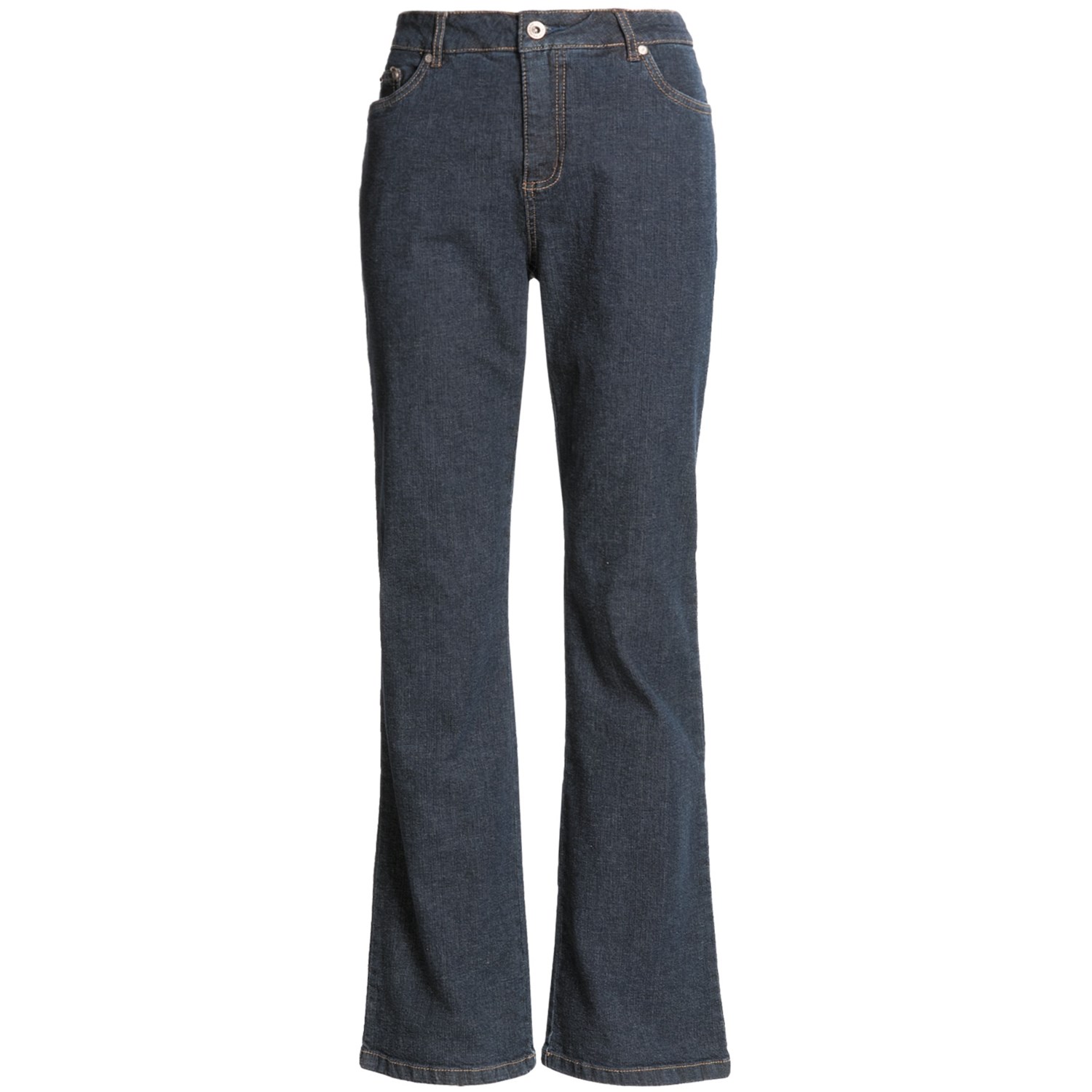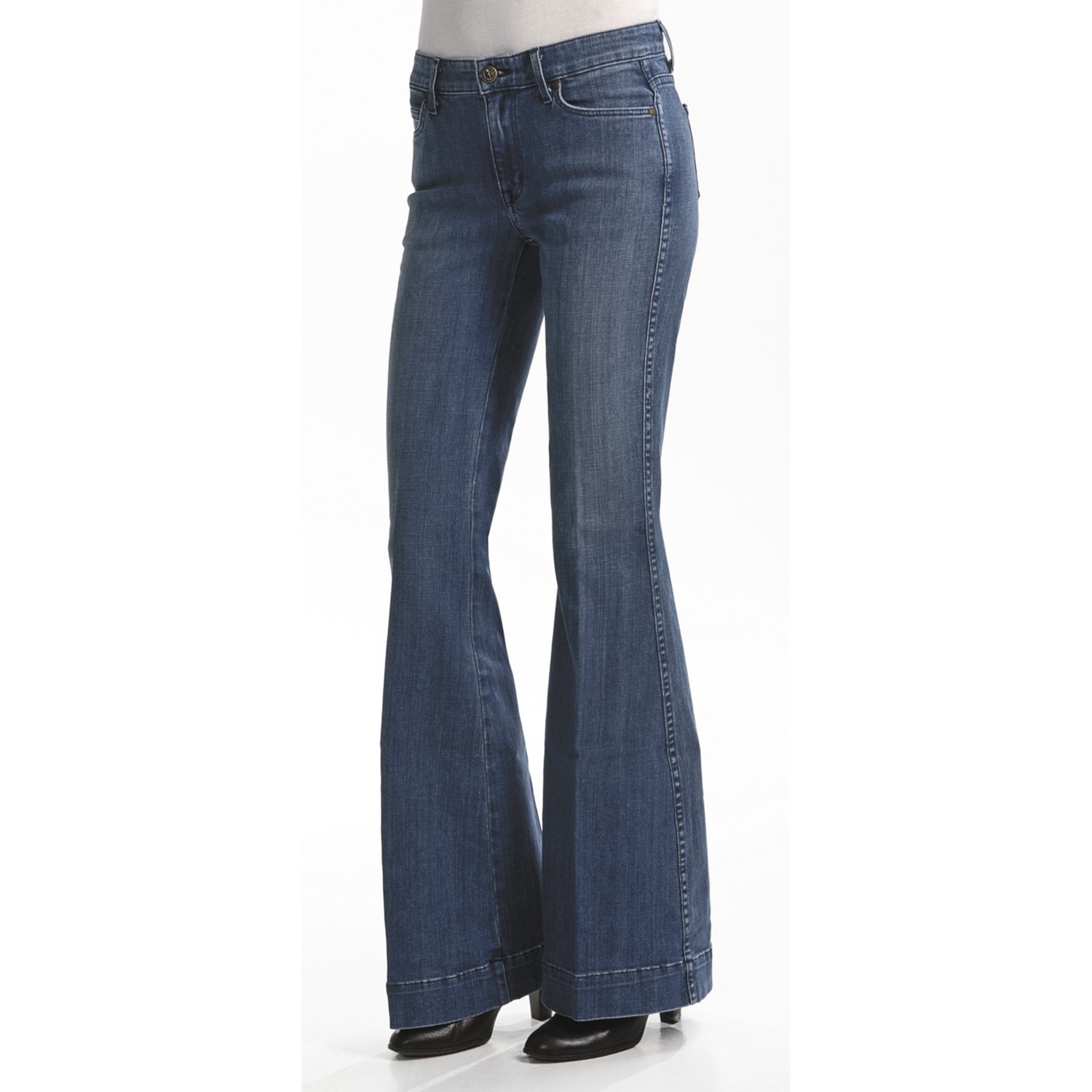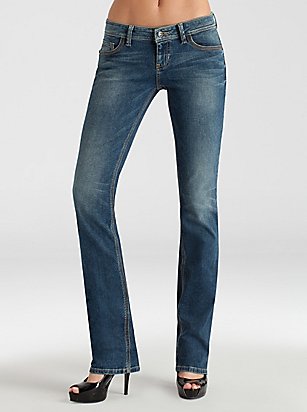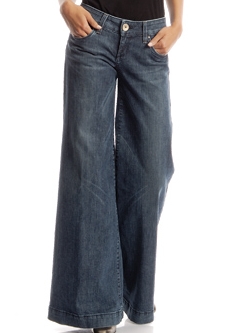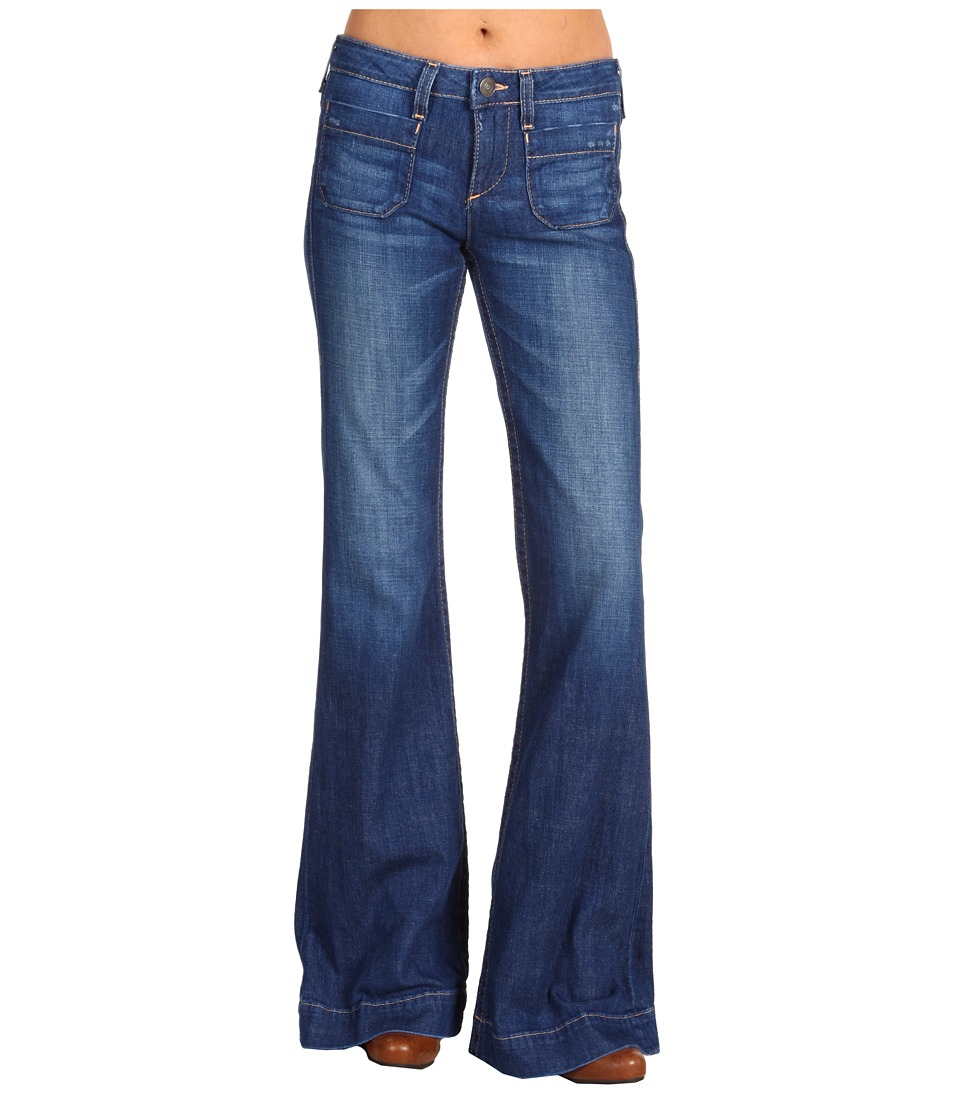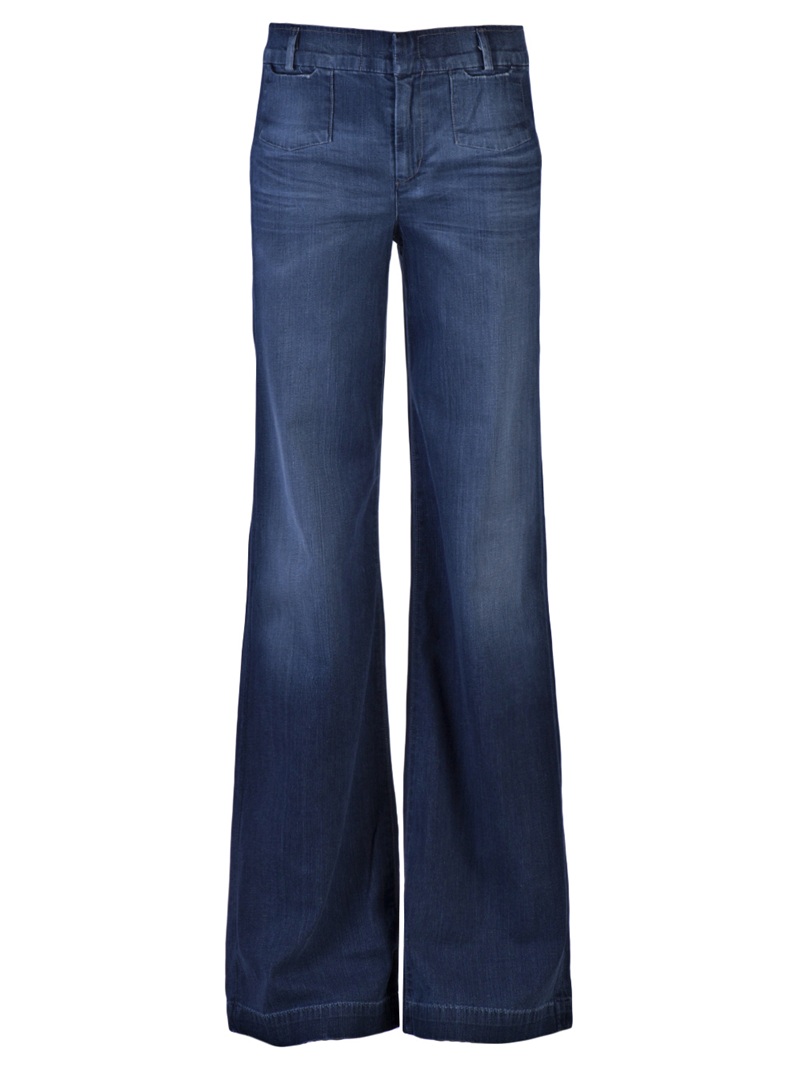Long Jean Skirts Biography
Source (Google.com.pk)
Her mother was a filmcutter at RKO Studios who, widowed and mentally ill, abandoned her to sequence of foster homes. She was almost smothered to death at two, nearly raped at six. At nine, the LA Orphans' Home paid her a nickel a month for kitchen work while taking back a penny every Sunday for church. At sixteen, she worked in an aircraft plant and married a man she called Daddy; he went into the military, she modeled, they divorced in 1946. She owned 200 books (including Tolstoy, Whitman, Milton), listened to Beethoven records, studied acting at the Actors' lab in Hollywood, and took literature courses at UCLA downtown. 20th Century Fox gave her a contract but let it lapse a year later. In 1948, Columbia gave her a six-month contract, turned her over to coach Natasha Lytess and featured her in the B movie Ladies of the Chorus (1948) in which she sang two numbers. Joseph L. Mankiewicz saw her in a small part in The Asphalt Jungle (1950) and put her in All About Eve (1950), resulting in 20th Century re-signing her to a seven-year contract. Niagara (1953) and Gentlemen Prefer Blondes (1953) launched her as a sex symbol superstar. When she went to a supper honoring her in the The Seven Year Itch (1955), she arrived in a red chiffon gown borrowed from the studio (she had never owned a gown). That same year, she married and divorced baseball great Joe DiMaggio (their wedding night was spent in Paso Robles, CA). After The Seven Year Itch (1955), she wanted serious acting to replace the sexpot image and went to New York's Actors Studio. She worked with director Lee Strasberg and also underwent psychoanalysis to learn more about herself. Critics praised her transformation in Bus Stop (1956) and the press was stunned by her marriage to playwright Arthur Miller. True to form, she had no veil to match her beige wedding dress so she dyed one in coffee; he wore one of the two suits he owned. They went to England that fall where she made The Prince and the Showgirl (1957) with Laurence Olivier, fighting with him and falling further prey to alcohol and pills. Two miscarriages and gynecological surgery followed. So did an affair with Yves Montand. Work on her last picture The Misfits (1961), written for her by departing husband Miller was interrupted by exhaustion. She was dropped from the unfinished Something's Got to Give (1962) due to chronic lateness and drug dependency. August 4, 1962 Marilyn Monroe's day began with threatening phone calls. Dr. Ralph Greenson, Marilyn Monroe's physician, came over the following day and quoted later in a document "felt it was possible that Marilyn Monroe had felt rejected by some of the people she had been close to". Apart from being upset that her publicist slept too long, she seemed fine. Pat Newcombe, who had stayed the previous night at Marilyn's house, left in the early evening as did Greenson who had a dinner date. Marilyn was upset he couldn't stay, and around 7:30pm she telephoned him while he was to tell him that her second husband's son had called him. Peter Lawford also called Marilyn, inviting her to dinner, but she declined. Lawford later said her speech was slurred. As the dark and depressing evening for Marilyn wore on there were other phone calls, including one from Jose Belanos, who said he thought she sounded fine. According to the funeral directors, Marilyn died sometime between 9:30pm and 11:30pm. Her maid unable to raise her but seeing a light under her locked door, called the police shortly after midnight. She also phoned Ralph Greenson who, on arrival, could not break down the bedroom door. He eventually broke in through French windows and found Marilyn dead in bed. The corner stated she had died from acute barbiturate poisoning, and it was a 'probable suicide'.
Long Jean Skirts For Men For Women Texture Jacket For Girls Pant and Heels Shirt Brands Photos

Long Jean Skirts For Men For Women Texture Jacket For Girls Pant and Heels Shirt Brands Photos

Long Jean Skirts For Men For Women Texture Jacket For Girls Pant and Heels Shirt Brands Photos

Long Jean Skirts For Men For Women Texture Jacket For Girls Pant and Heels Shirt Brands Photos

Long Jean Skirts For Men For Women Texture Jacket For Girls Pant and Heels Shirt Brands Photos

Long Jean Skirts For Men For Women Texture Jacket For Girls Pant and Heels Shirt Brands Photos

Long Jean Skirts For Men For Women Texture Jacket For Girls Pant and Heels Shirt Brands Photos

Long Jean Skirts For Men For Women Texture Jacket For Girls Pant and Heels Shirt Brands Photos

Long Jean Skirts For Men For Women Texture Jacket For Girls Pant and Heels Shirt Brands Photos

Long Jean Skirts For Men For Women Texture Jacket For Girls Pant and Heels Shirt Brands Photos

Long Jean Skirts For Men For Women Texture Jacket For Girls Pant and Heels Shirt Brands Photos

